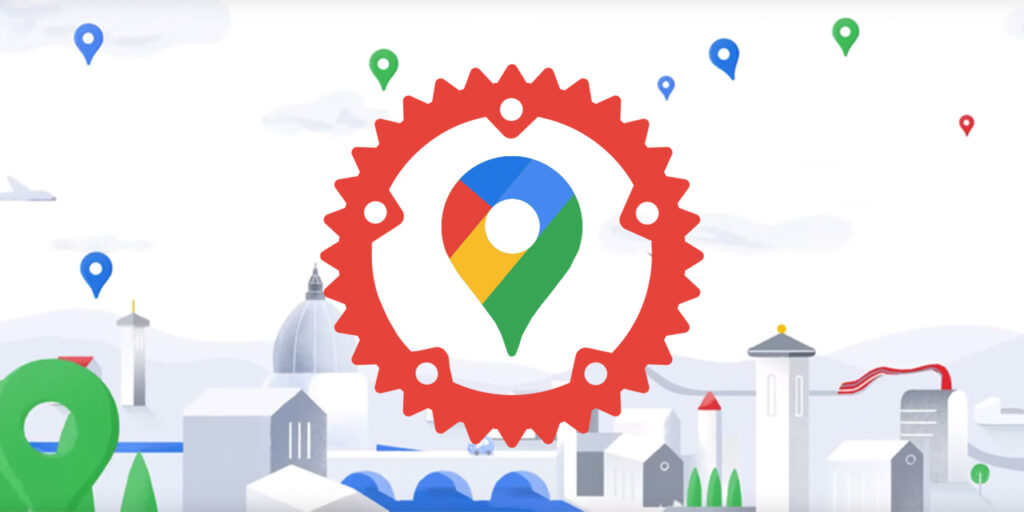Distance Matrix API is a powerful tool for businesses that need to calculate travel times and distances between locations. It provides accurate data that can help organizations optimize their operations and improve their customer service. However, to get the most value from this API, it’s essential to choose the right distance matrix pricing and implement best practices. This article will discuss how to maximize your investment in the Distance Matrix API.
The Importance of Choosing the Right Distance Matrix API Pricing Plan
The Distance Matrix API pricing plan you choose will significantly impact the value you get from the service. Google offers several pricing options, including a free plan and various paid plans that differ in the number of requests you can make per month and the cost per request.
If you’re a small business or just getting started with the API, the free plan may be sufficient. However, if your organization requires more requests or advanced features, you’ll need to upgrade to a paid plan.
Before choosing a plan, it’s crucial to consider your specific needs. For example, if you’re a delivery service that needs to calculate distances and travel times for multiple destinations, you’ll likely need a higher volume plan.
Additionally, it’s important to note that the pricing plans can change, so it’s essential to keep an eye on any updates from Google.
Best Practices for Getting Maximum Value from the API

Source: github.com
To get the most value from the Distance Matrix API, it’s essential to implement best practices. These practices include optimizing your requests, caching results, and using the API in conjunction with other APIs.
Optimizing your requests involves minimizing the number of calls you make to the API to reduce costs and improve performance. One way to do this is to batch your requests, which involves combining multiple requests into one. This technique can significantly reduce the number of calls you need to make to the API, helping you save on costs.
Caching results can also help improve performance and reduce costs. Caching involves storing the results of previous requests so that you can use them again without making a new request to the API. This technique is especially useful if you’re making the same request multiple times.
Finally, using the Distance Matrix API in conjunction with other APIs can help you get the most value from the service. For example, if you’re a ridesharing service, you can use the Distance Matrix API with the Directions API to provide customers with the most efficient route to their destination.
Advanced Features and Customization Options for the Distance Matrix API
The Distance Matrix API offers several advanced features and customization options that can help you get more value from the service. These features include:
- Traffic data: The API can provide real-time traffic data, which can help you calculate more accurate travel times.
- Transit data: The API can also provide transit data, such as bus and train schedules, which can help you provide more accurate travel information to customers.
- Customizable travel modes: The API allows you to customize the travel modes, such as driving, walking, or biking, to provide more accurate results.
Implementing these advanced features and customization options can help you provide more accurate and valuable data to your customers, improving your operations and customer service.
Using Analytics to Measure Distance Matrix API Performance and ROI

Source: developers-jp.googleblog.com
To determine if you’re getting the most value from the Distance Matrix API, it’s essential to measure its performance and return on investment (ROI). Analytics can help you track the API’s usage, cost, and impact on your business.
One way to measure the API’s performance is to track its latency, or the time it takes for the API to respond to a request. High latency can indicate performance issues, which can impact your customer service and operations.
You can also track the API’s ROI by comparing its cost to the value it provides. For example, if you’re a ridesharing service, you can compare the cost of using the API to the increase in customer satisfaction and revenue it provides.
Properly measuring the Distance Matrix API’s performance and ROI can help you optimize your usage of the service and ensure that you’re getting the most value for your money.
Conclusion
In conclusion, the Distance Matrix API is a powerful tool that can help businesses optimize their operations and improve customer service. To get the most value from the service, it’s essential to choose the right pricing plan, implement best practices, take advantage of advanced features and customization options, and measure its performance and ROI with analytics. By following these guidelines, organizations can maximize their investment in the Distance Matrix API and achieve their business goals.



